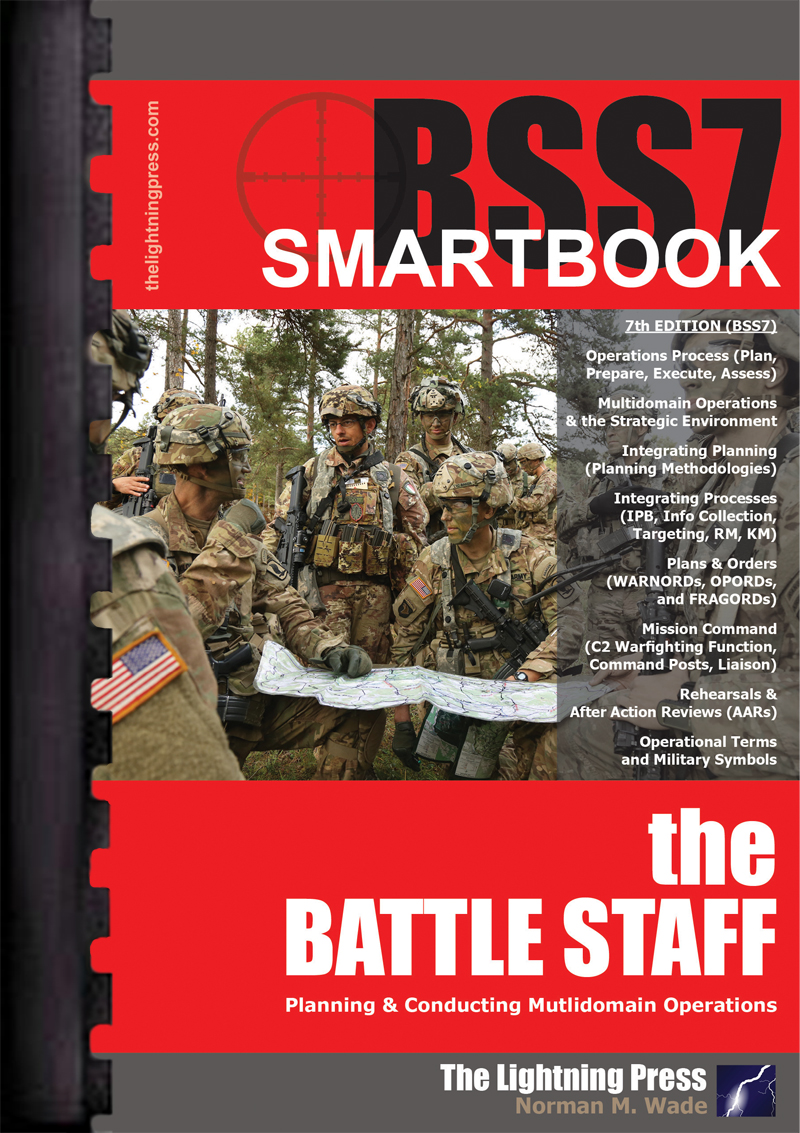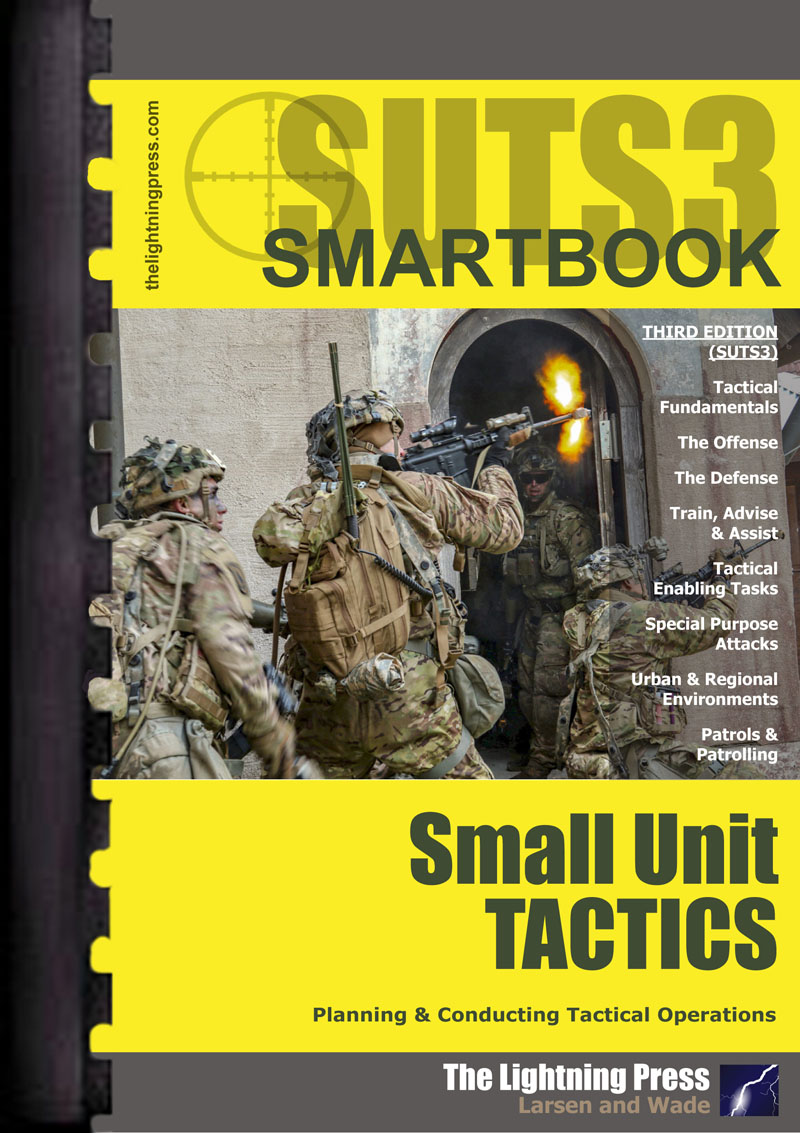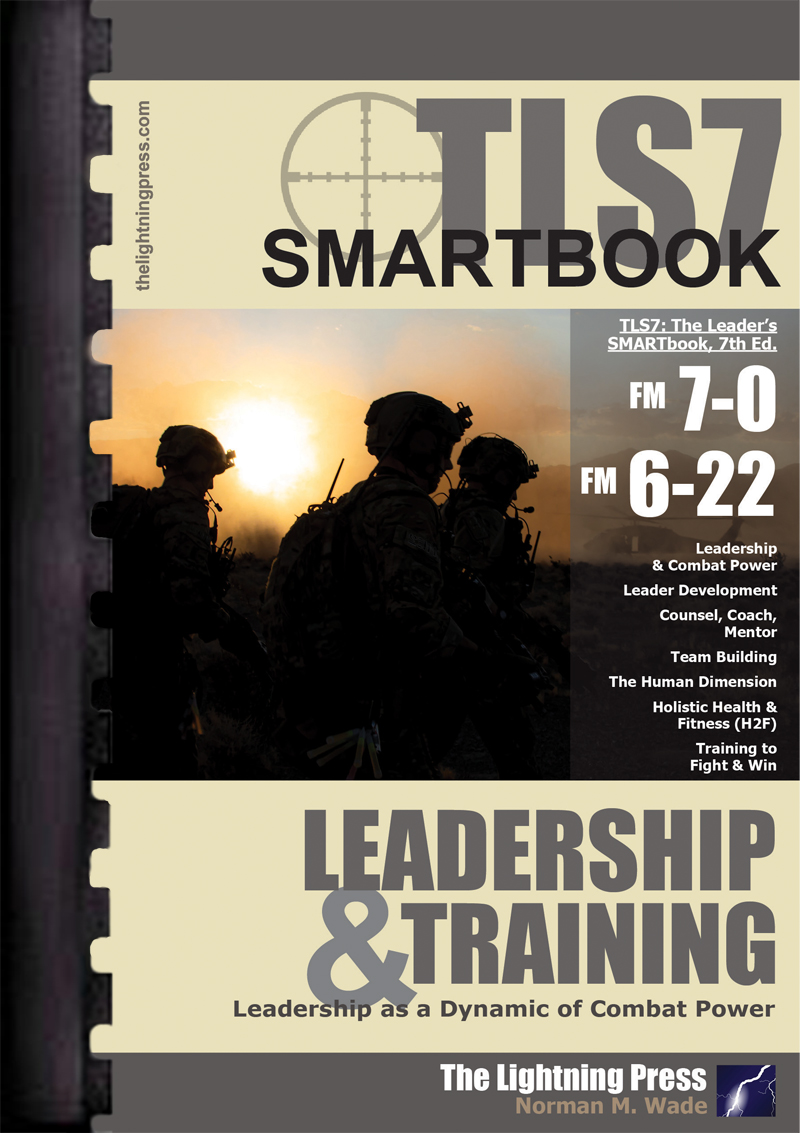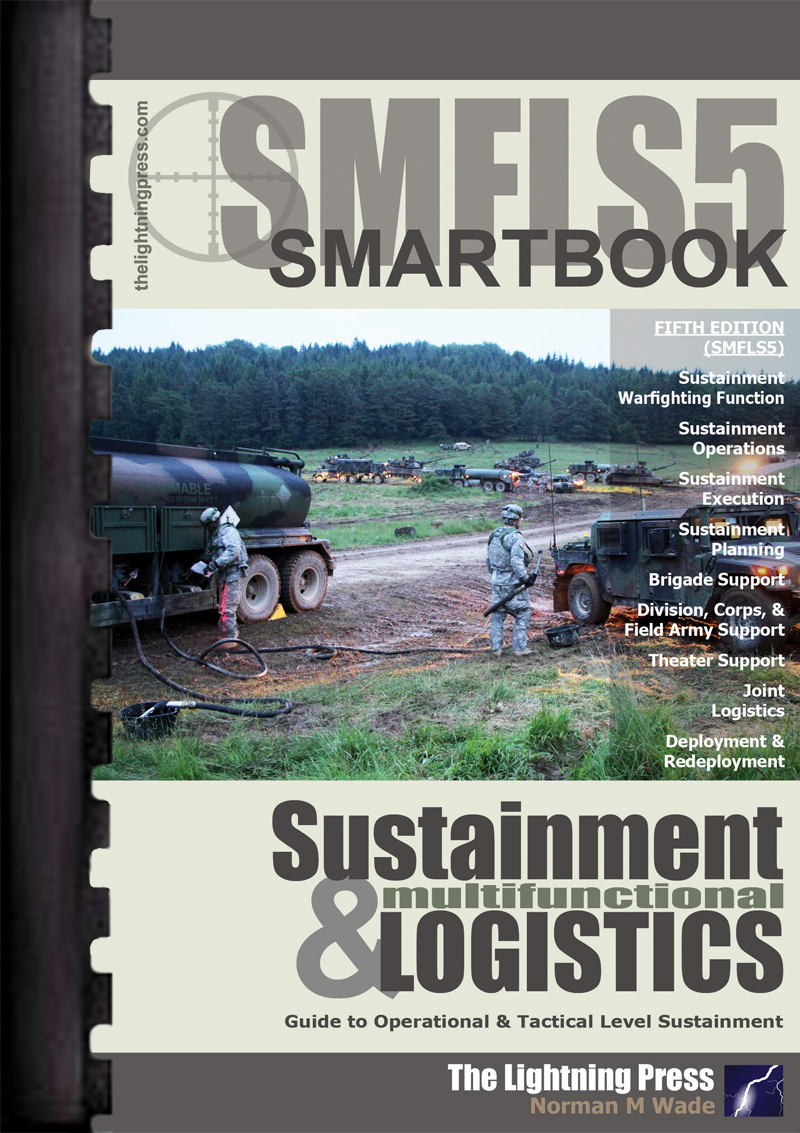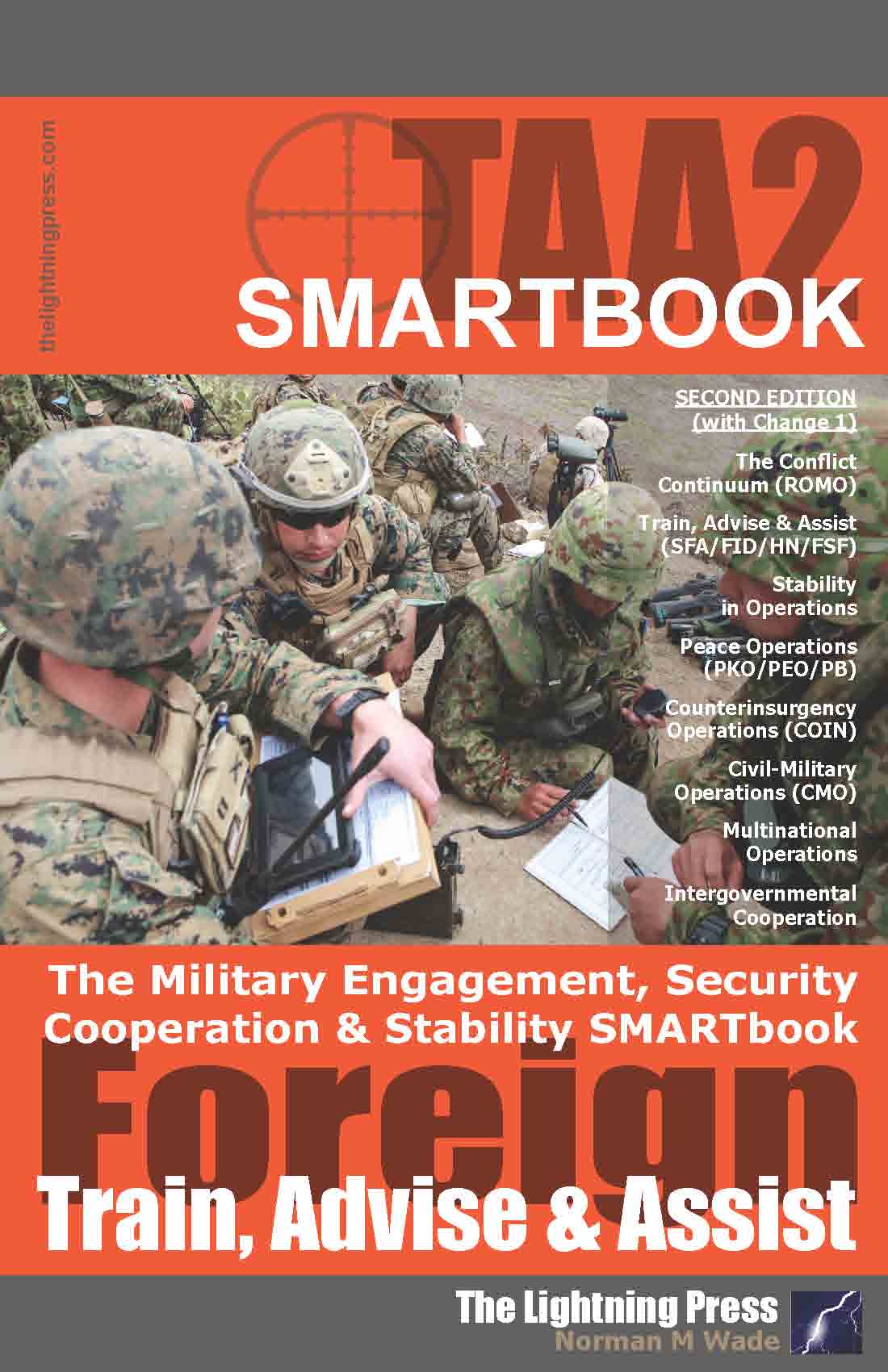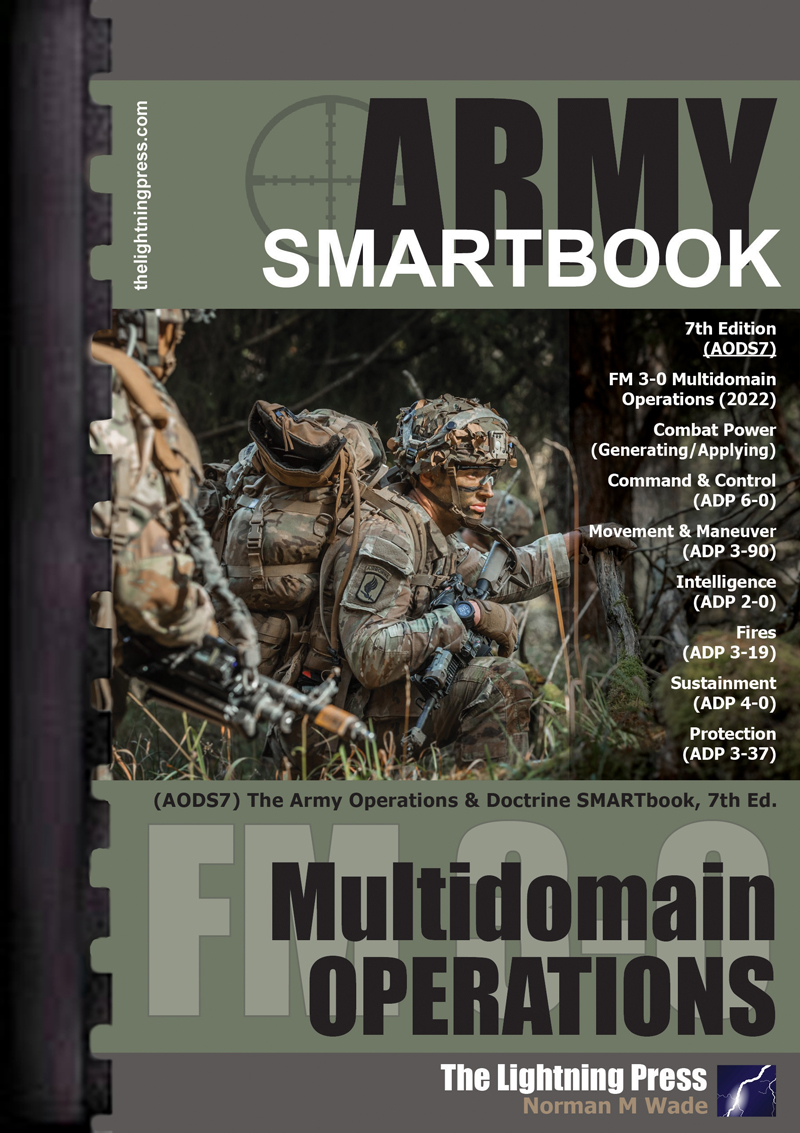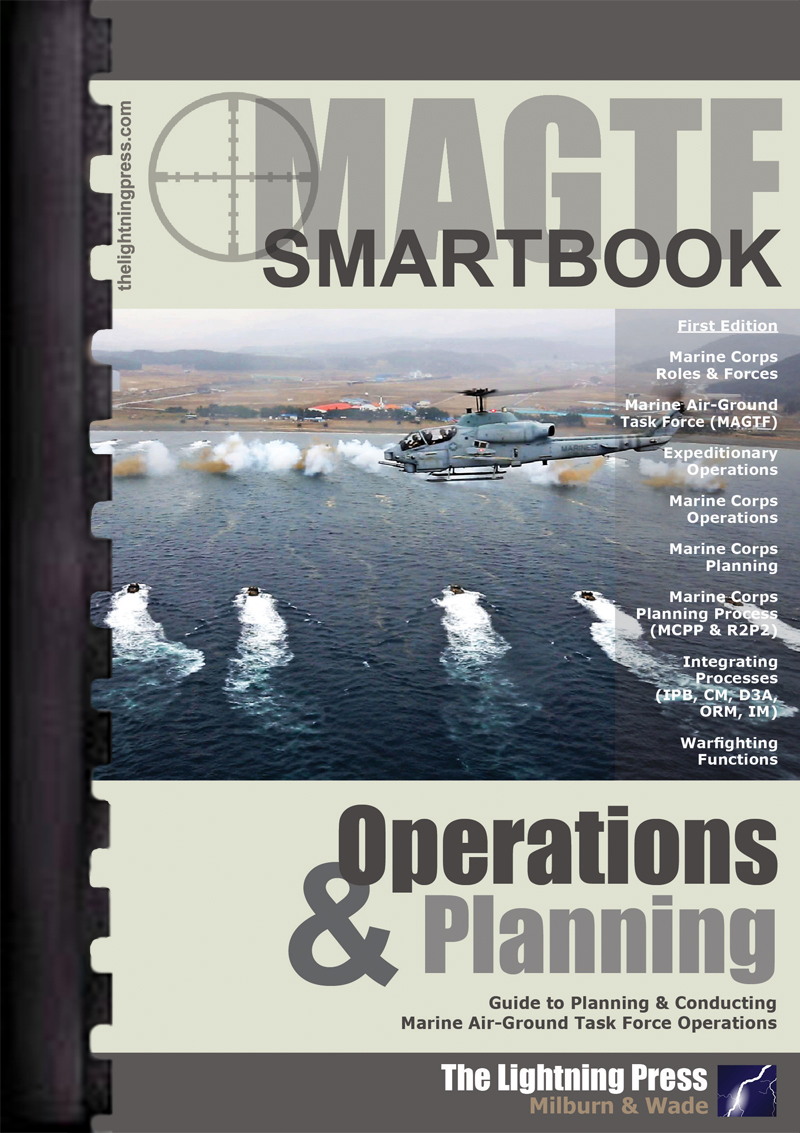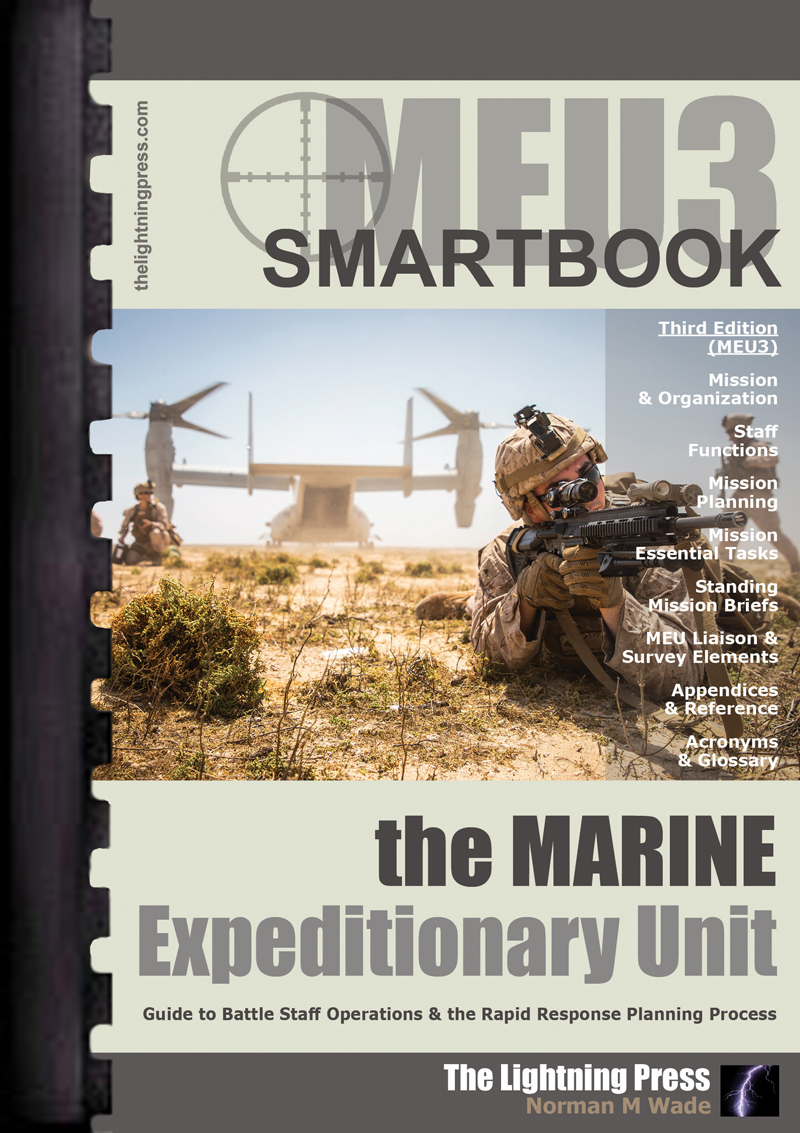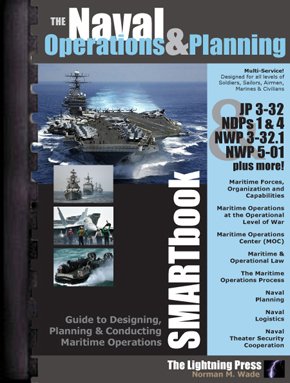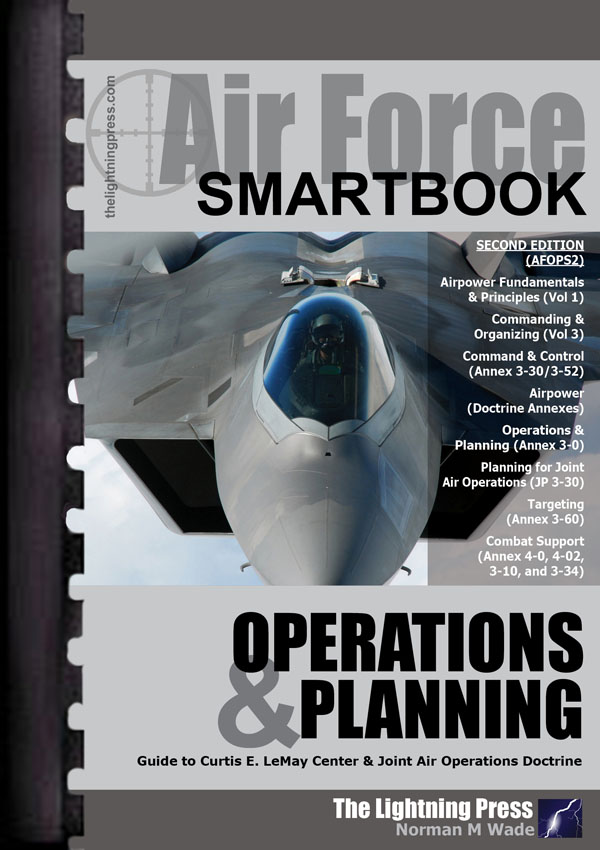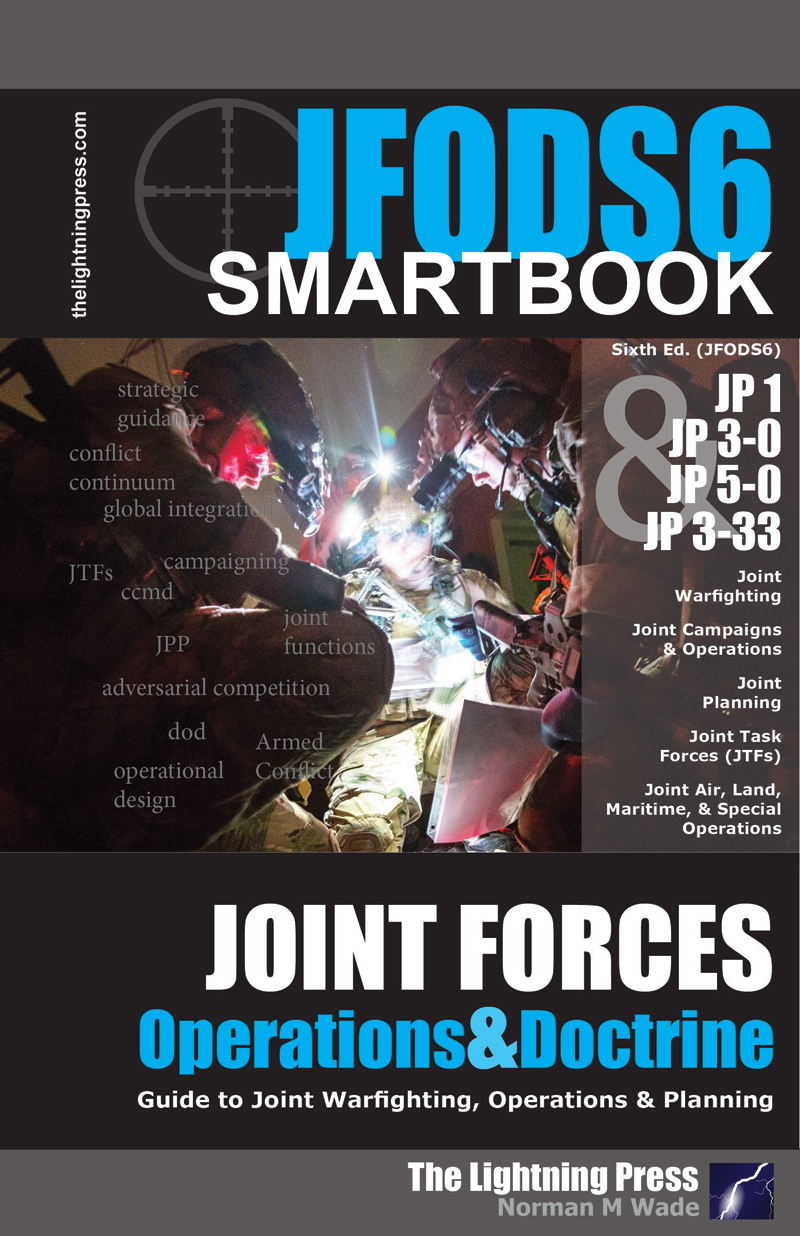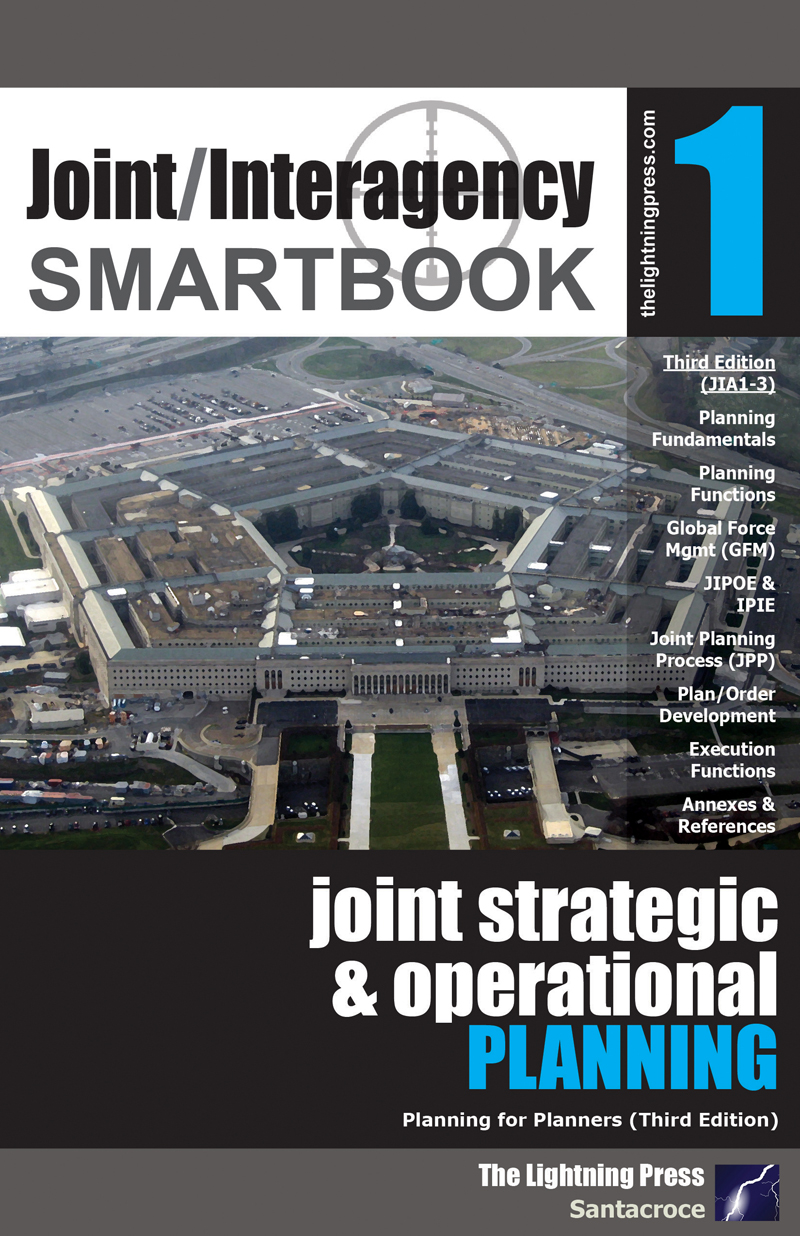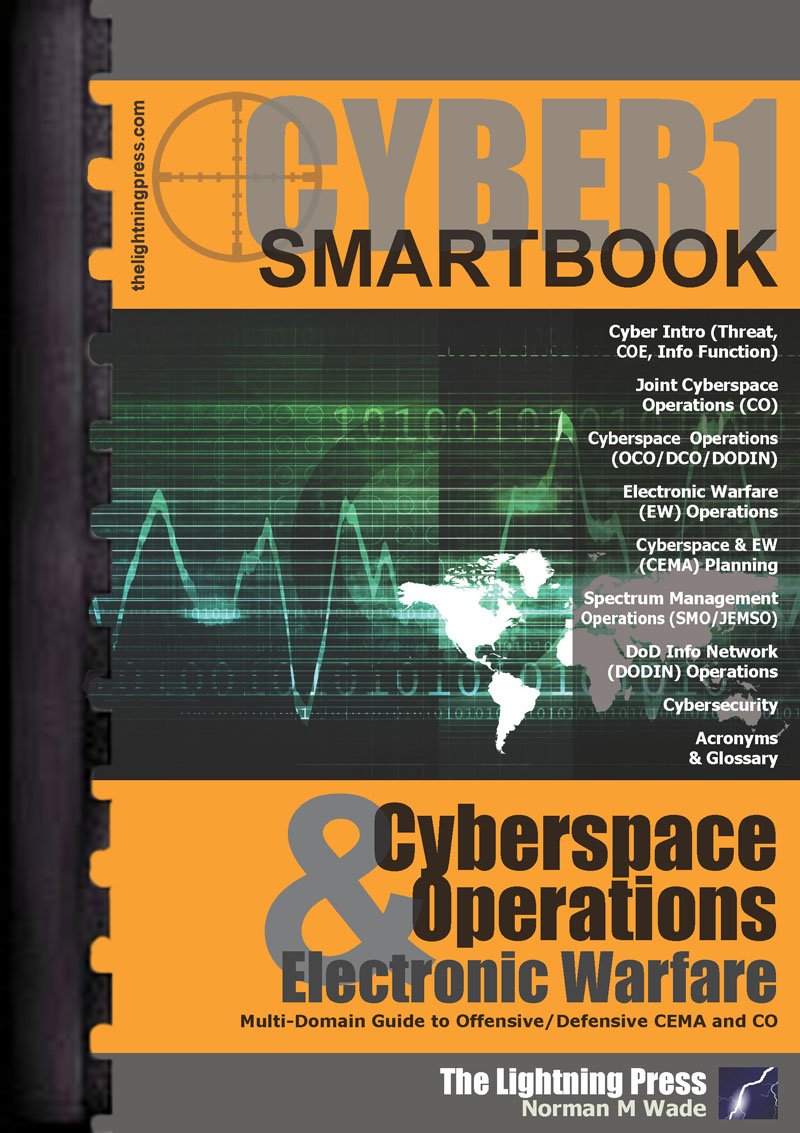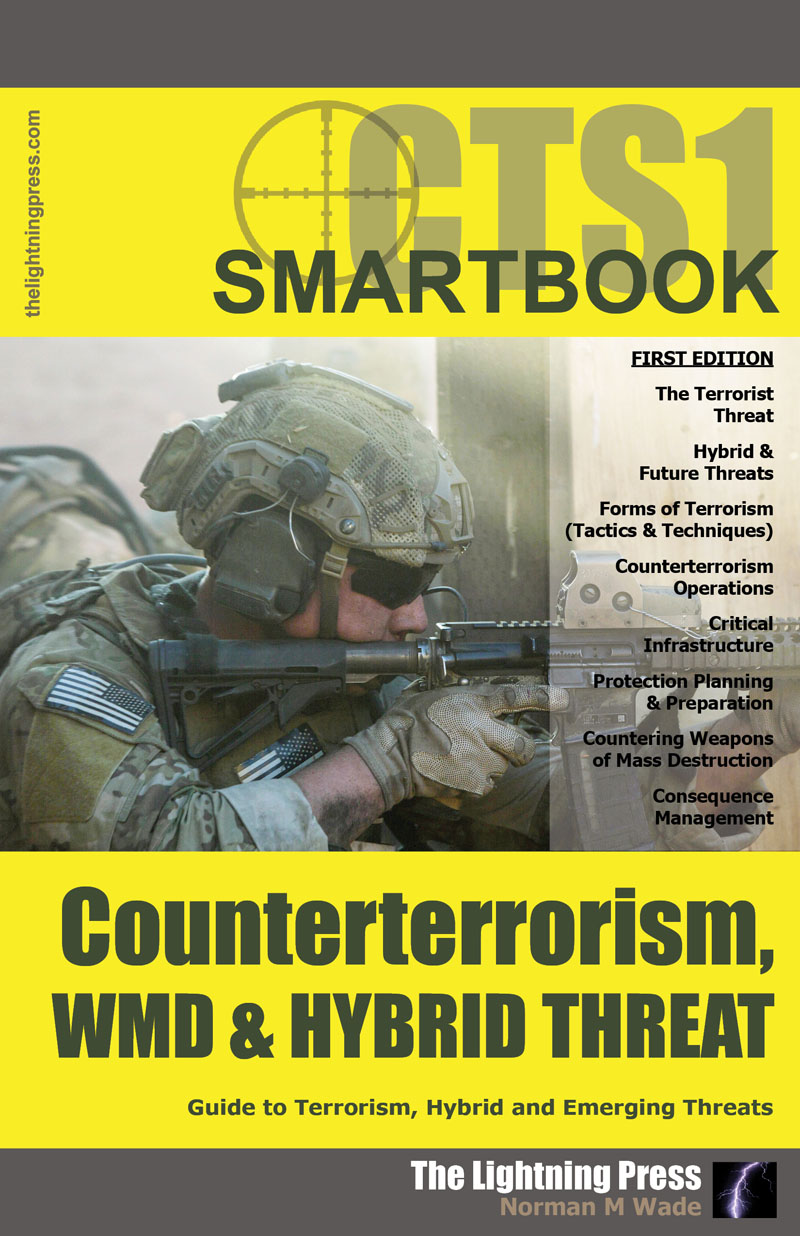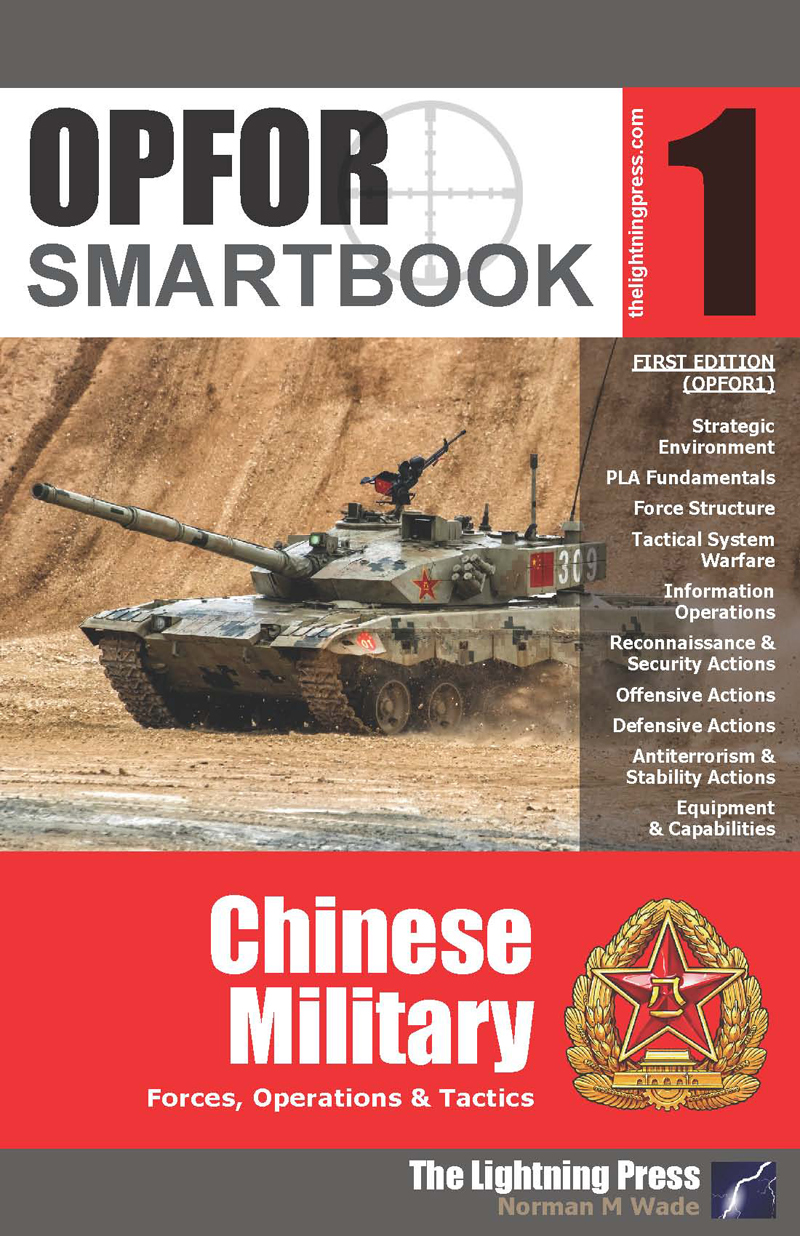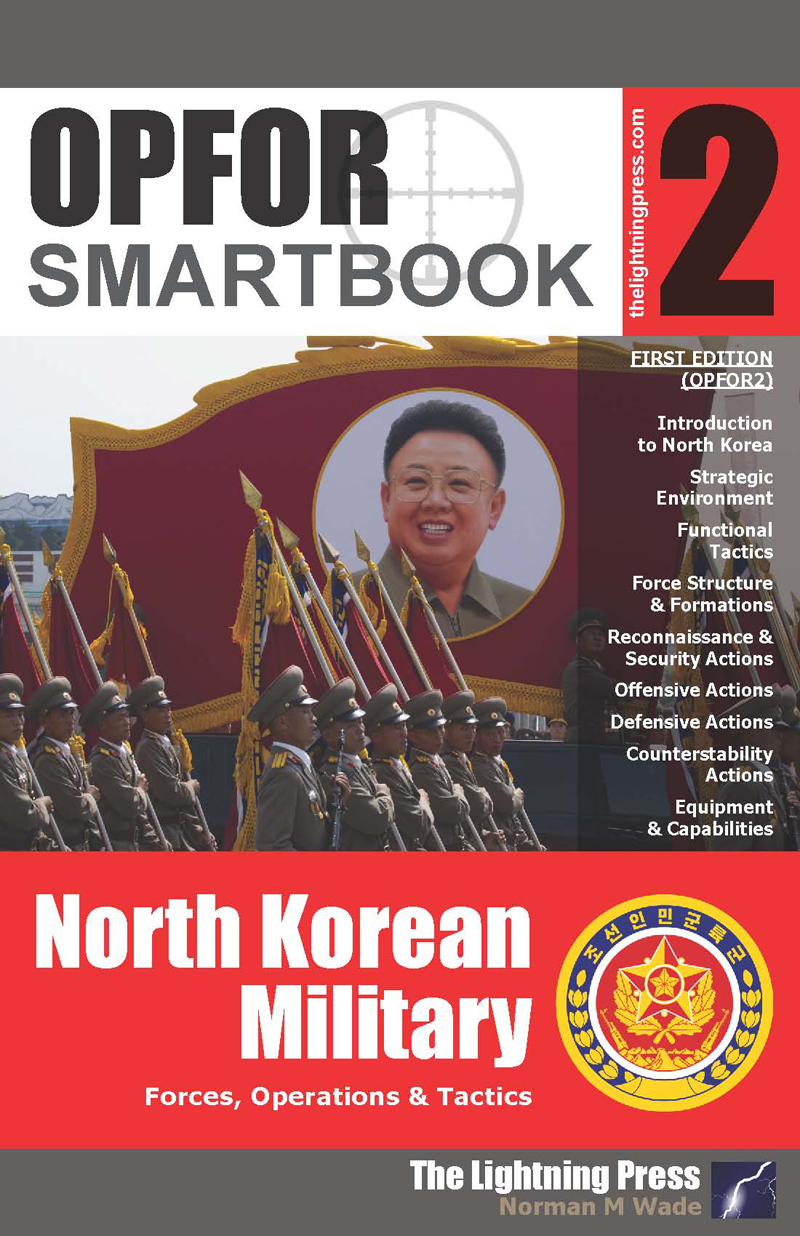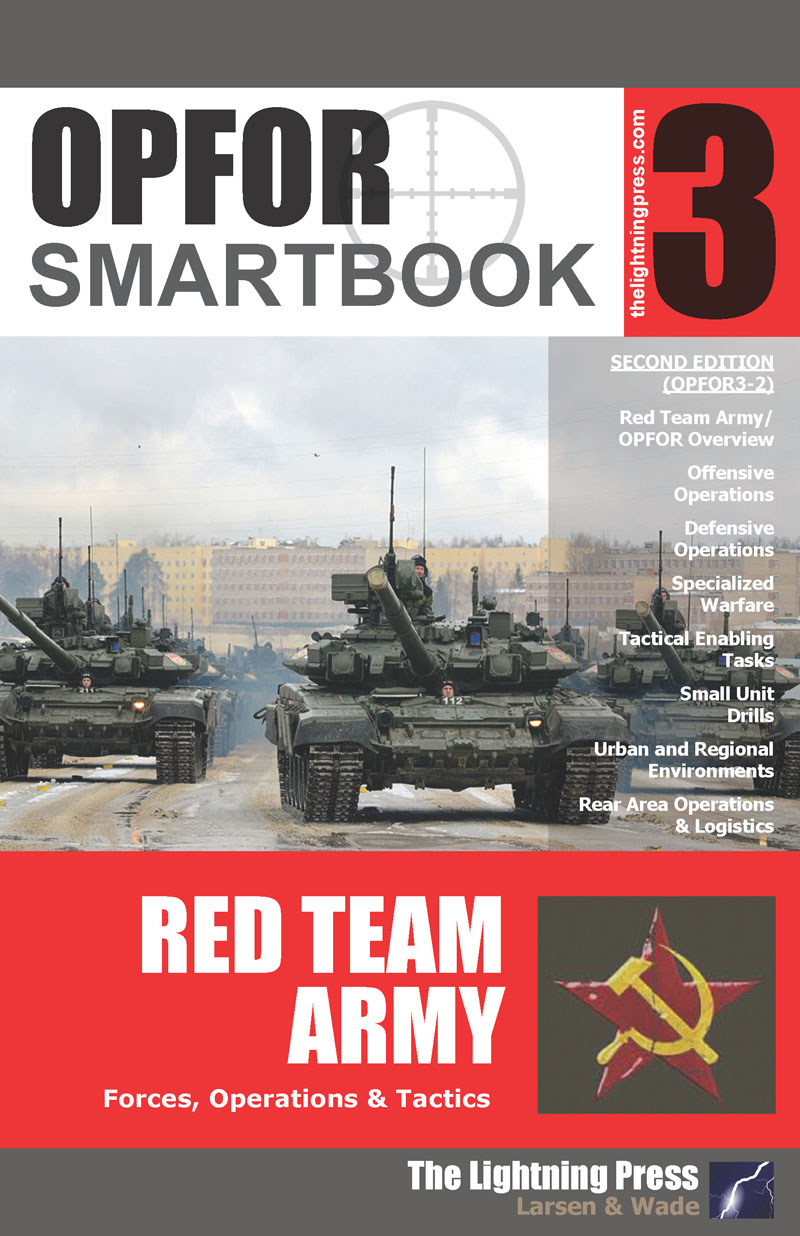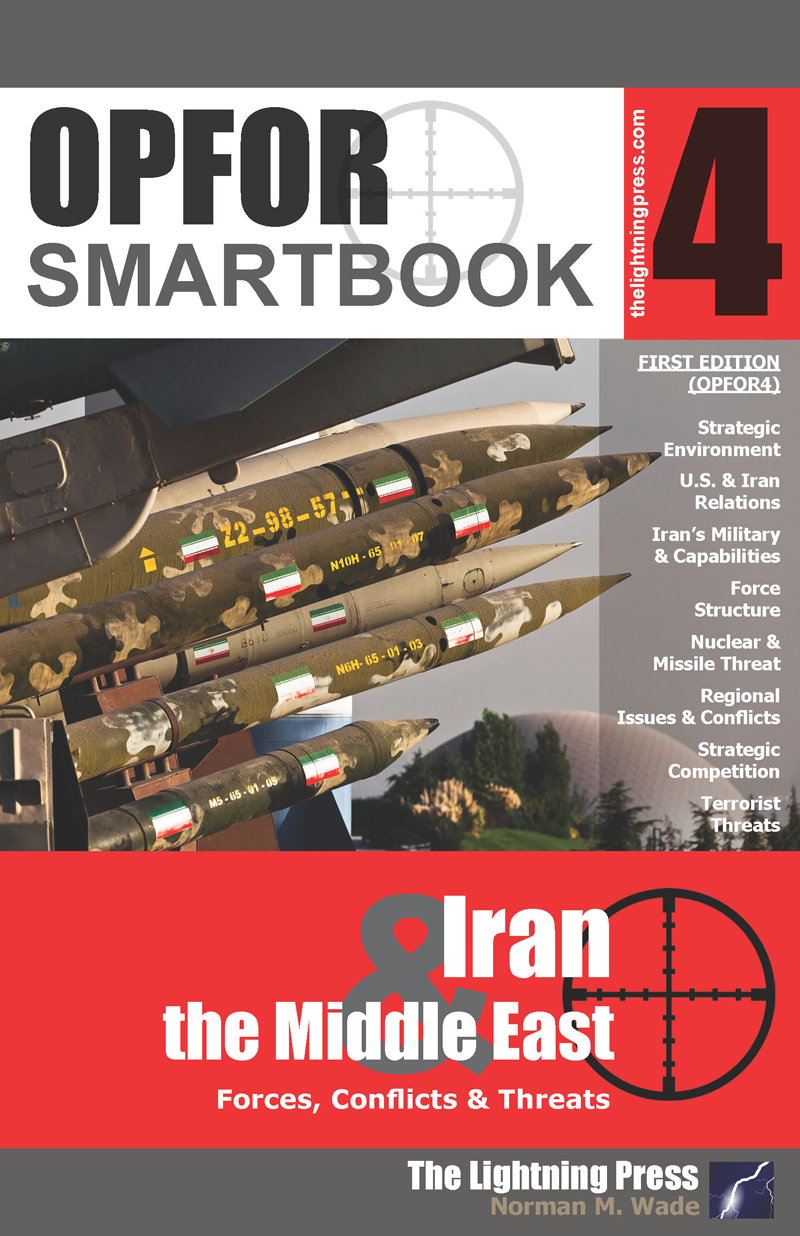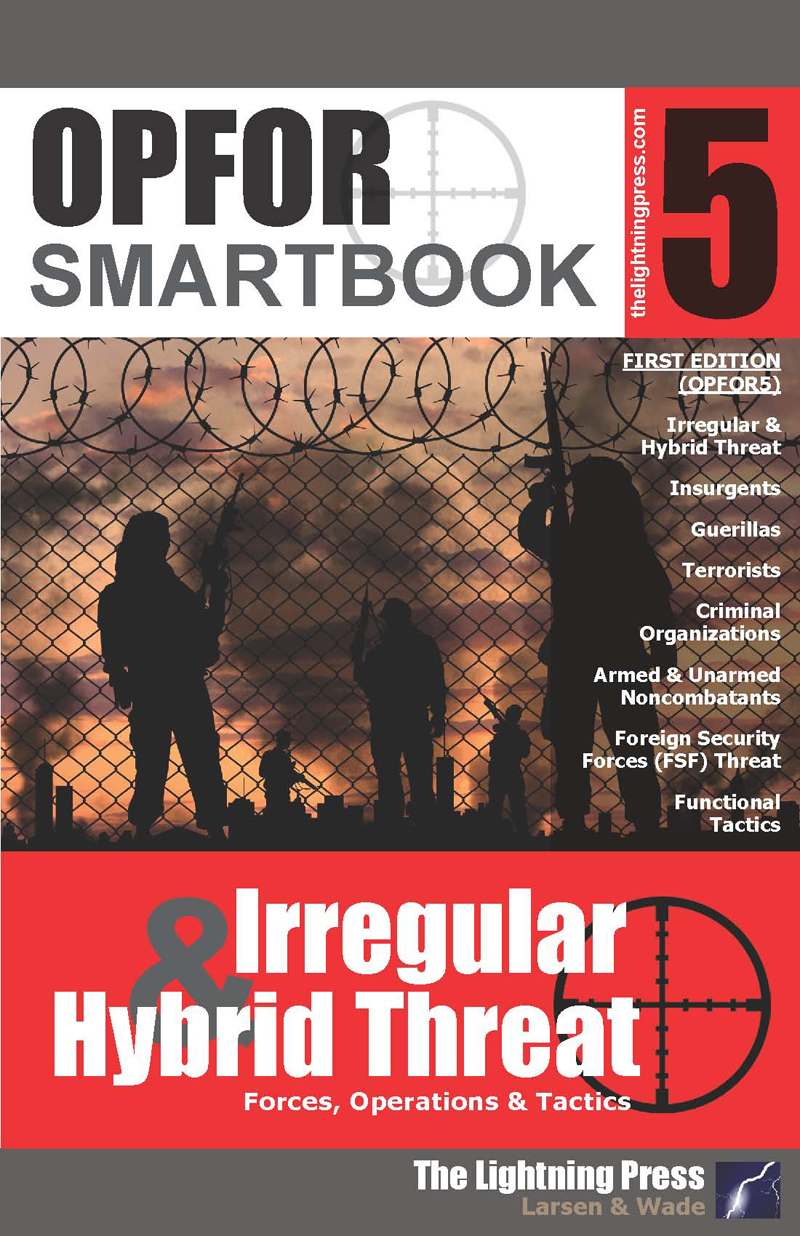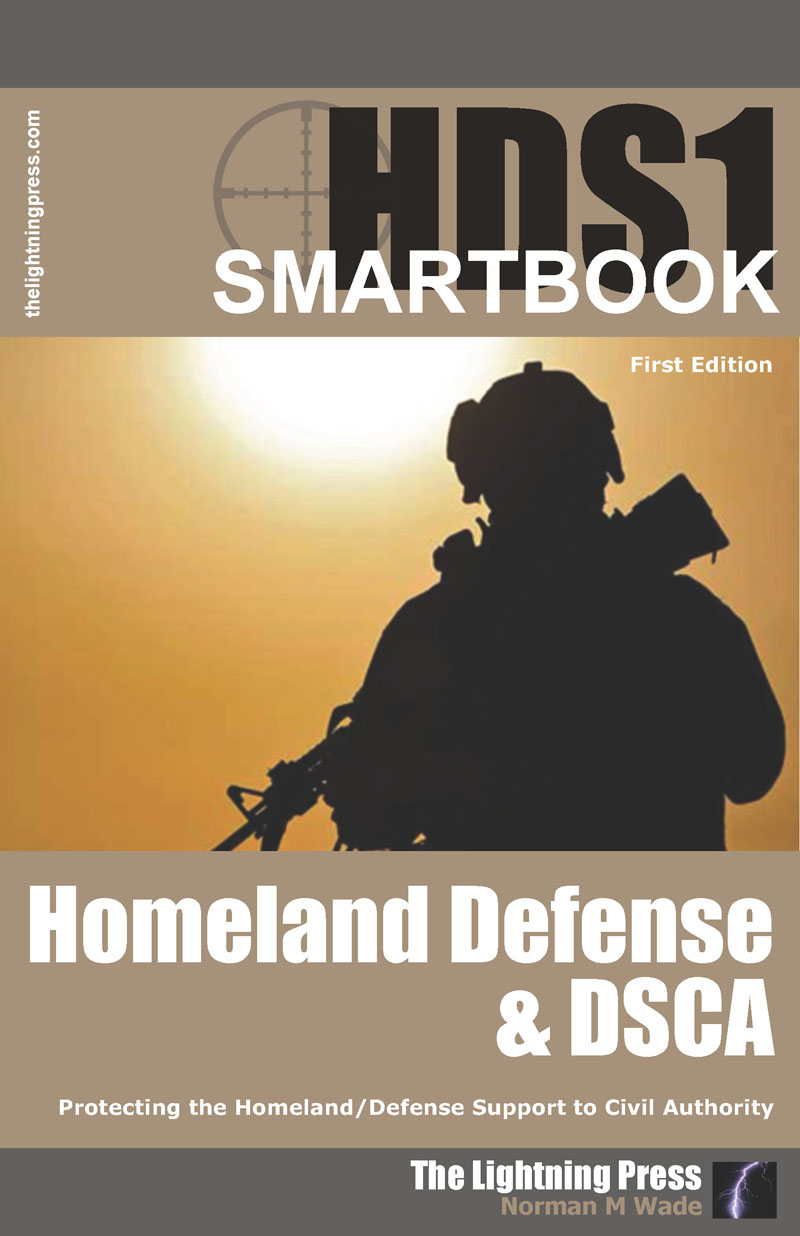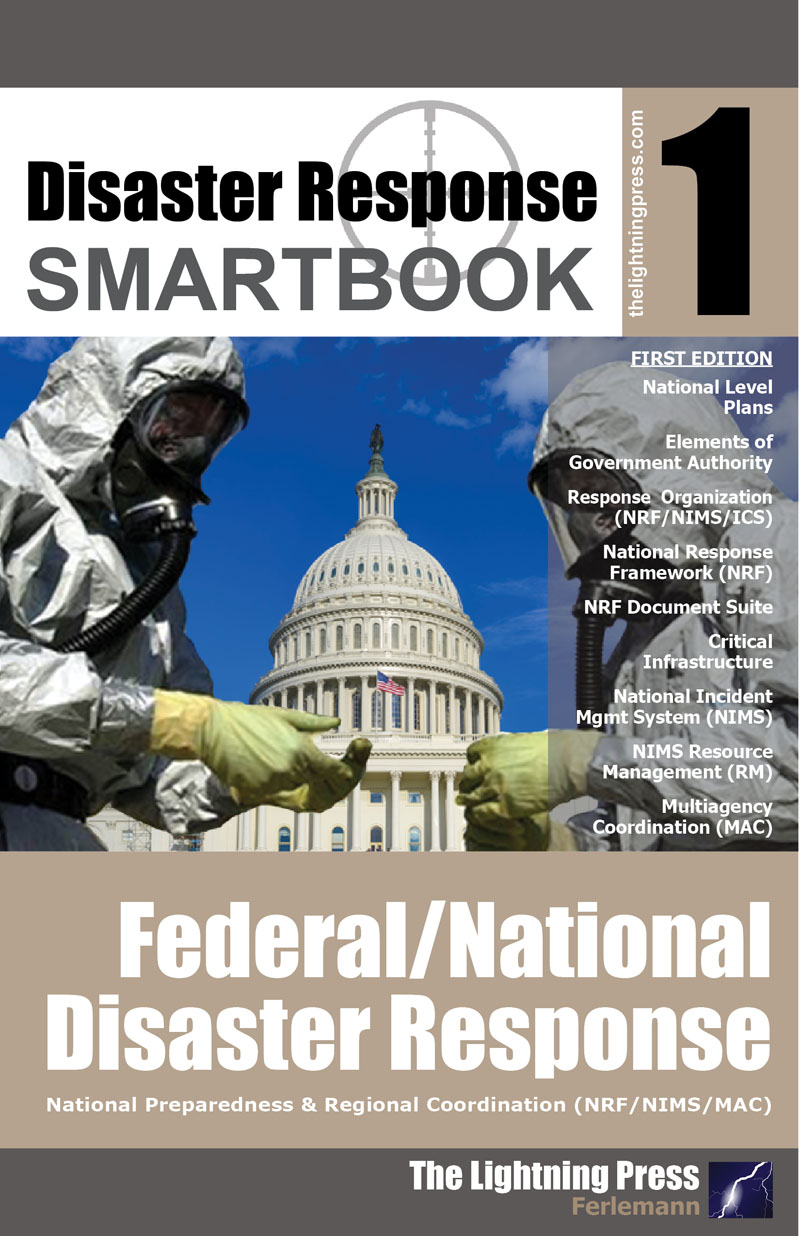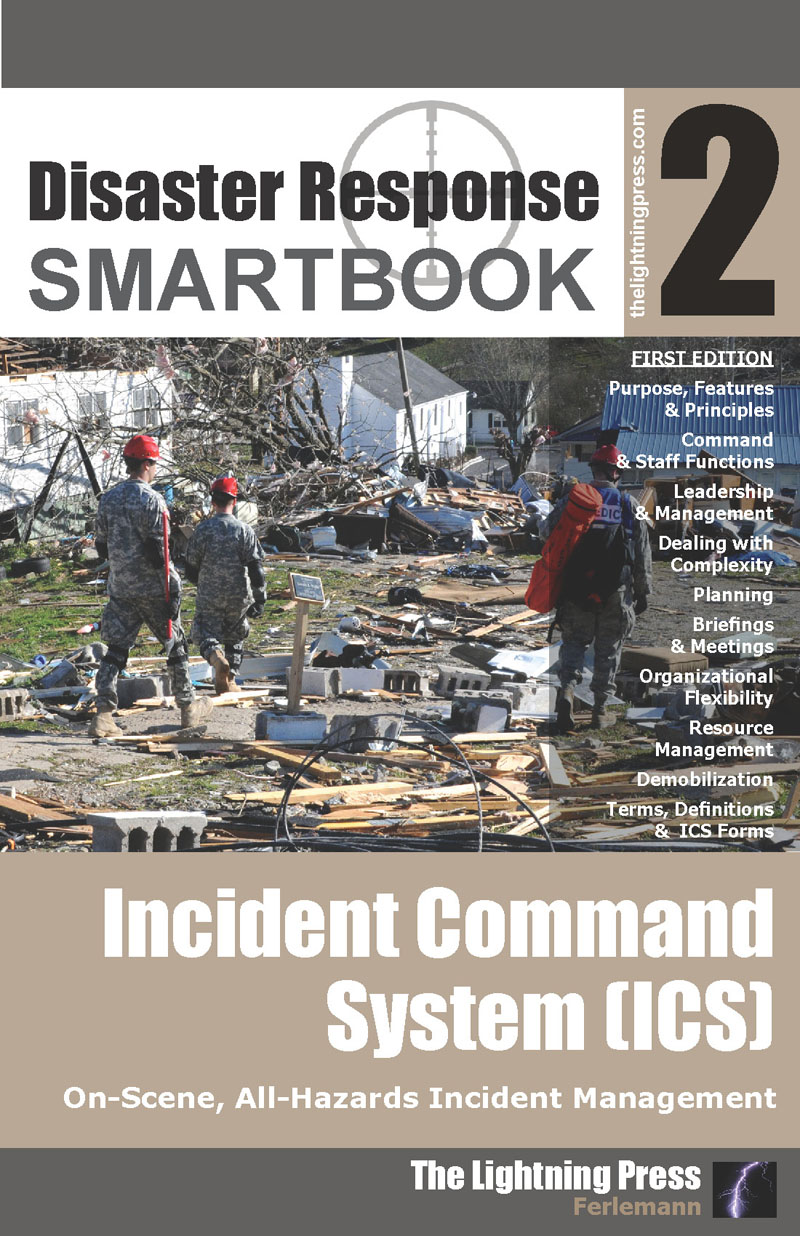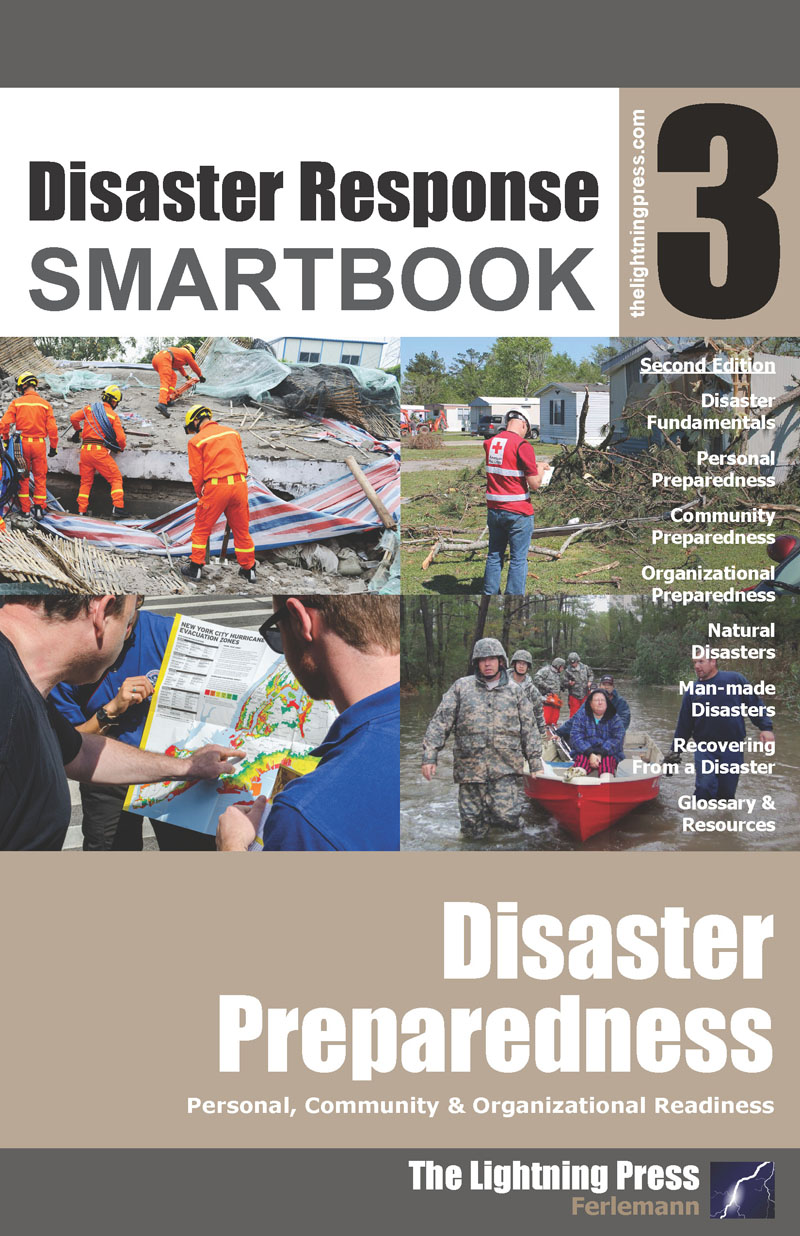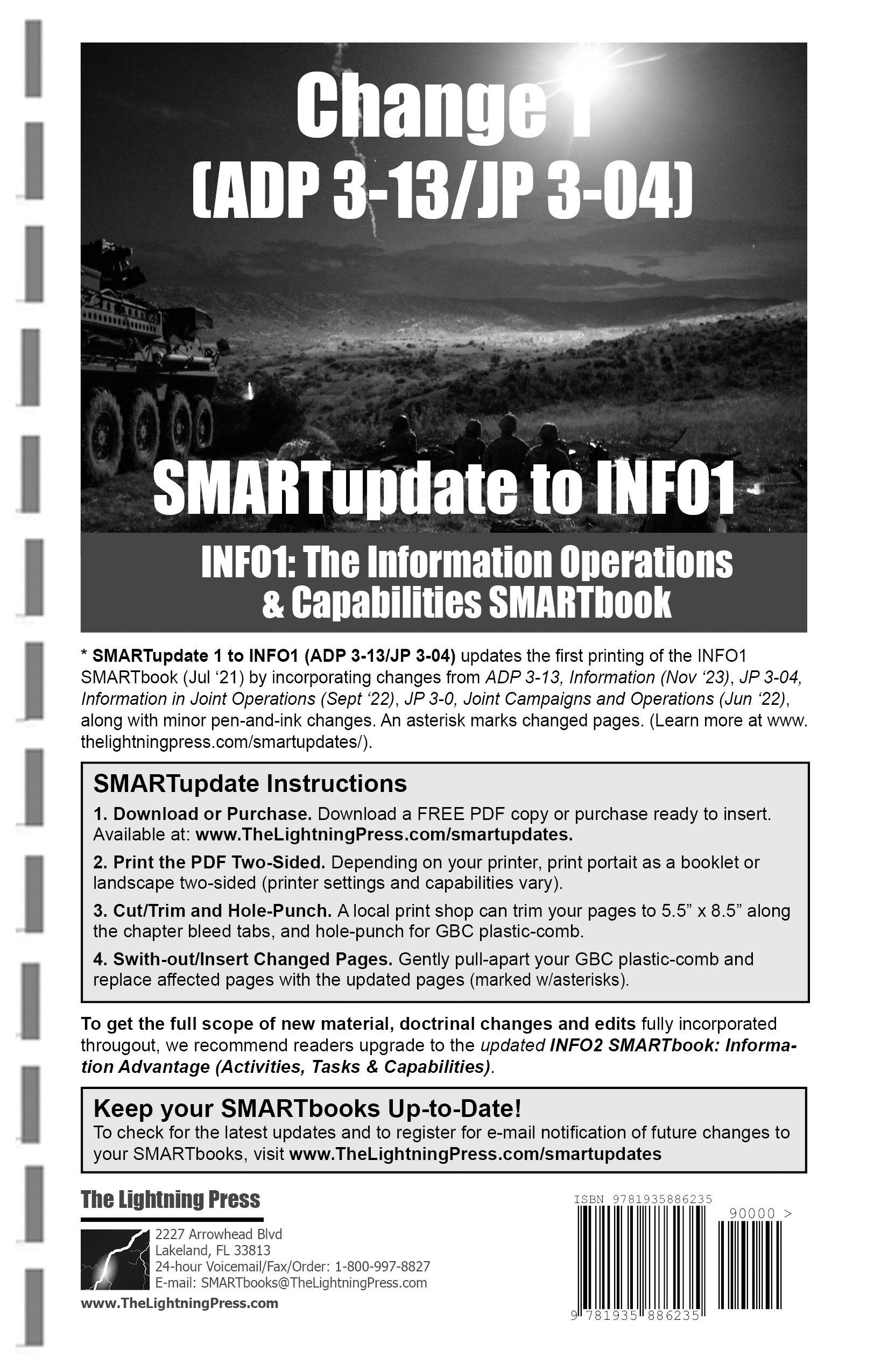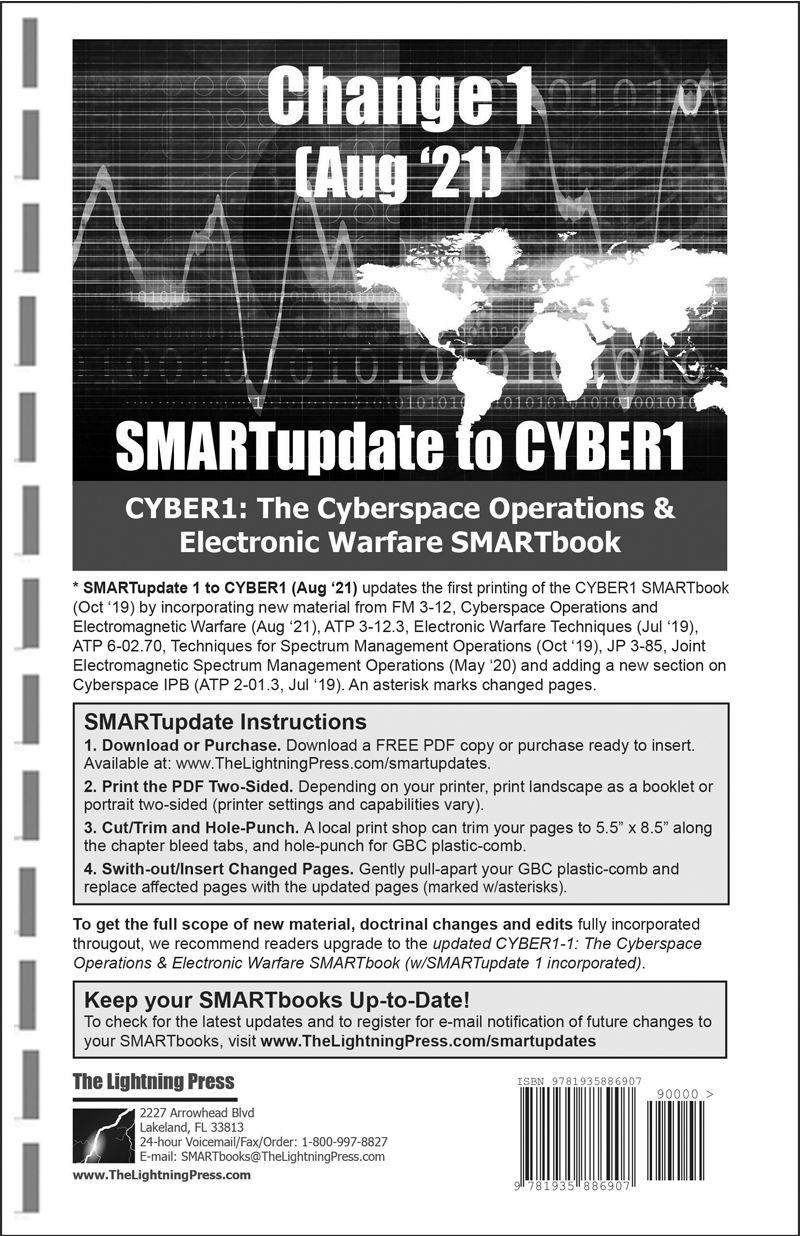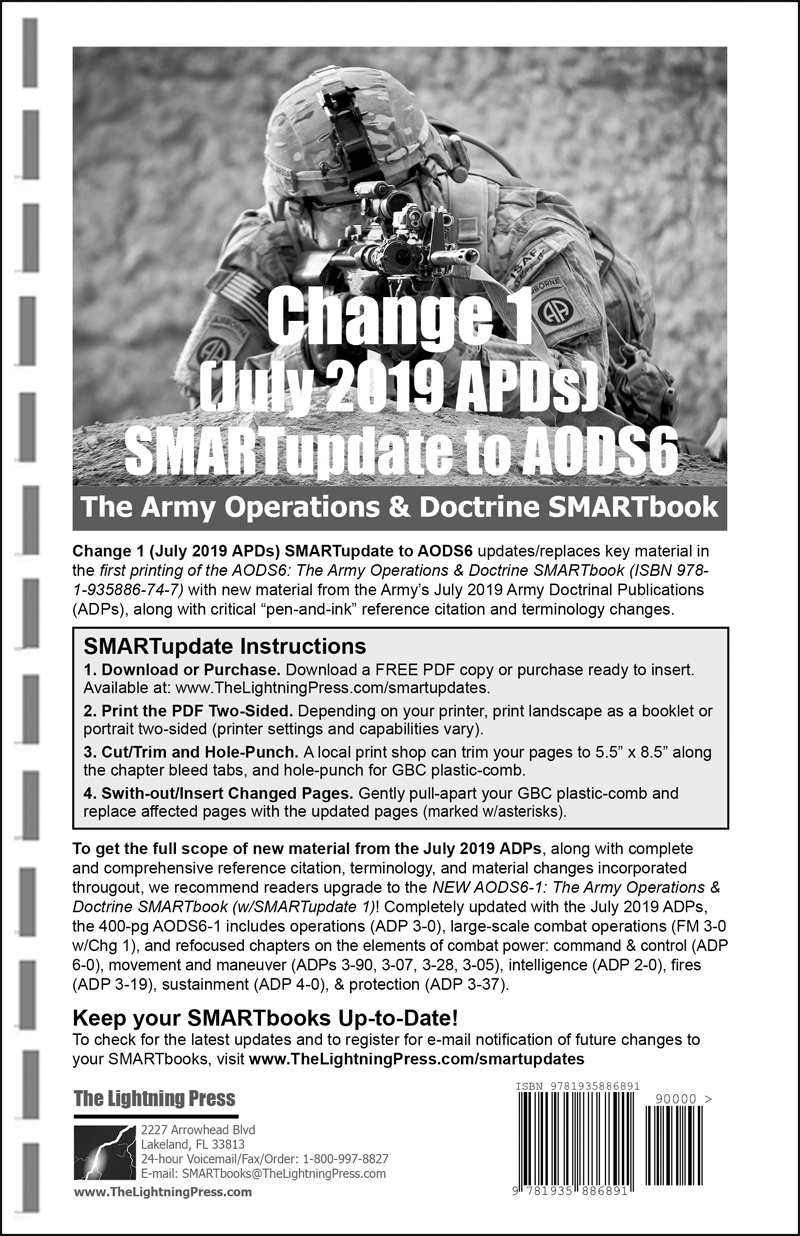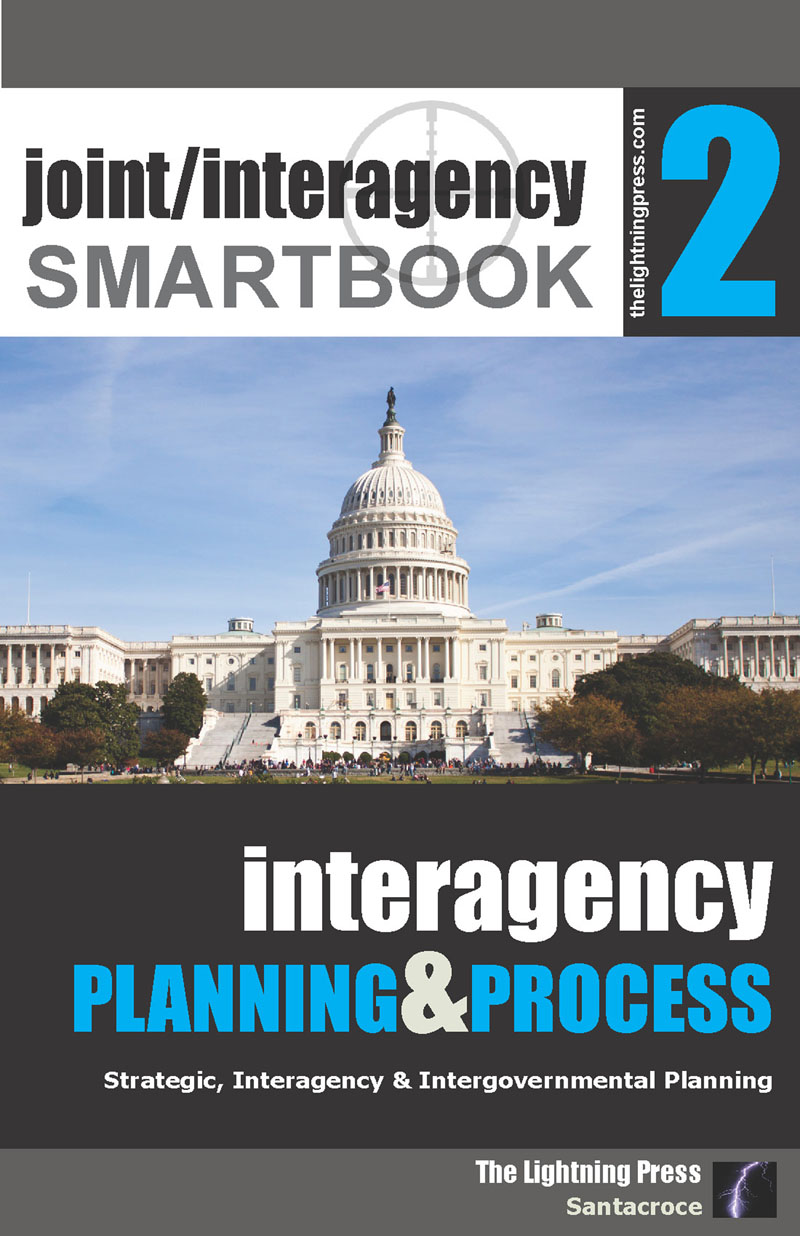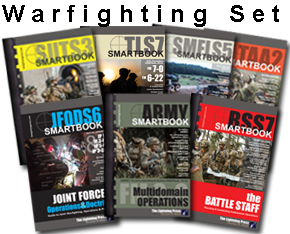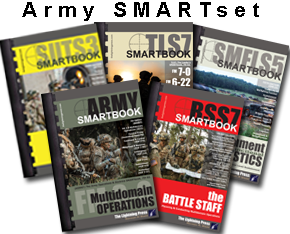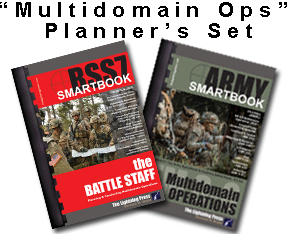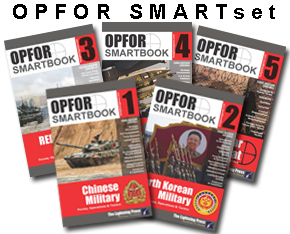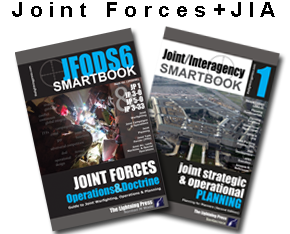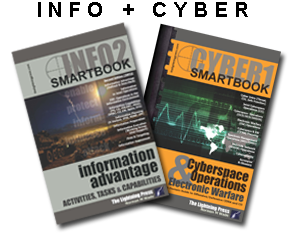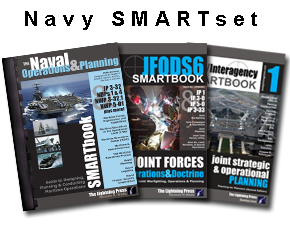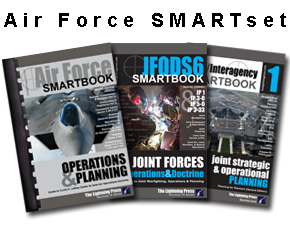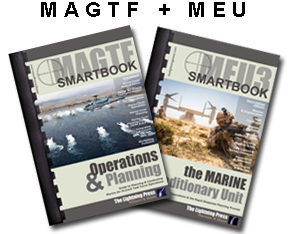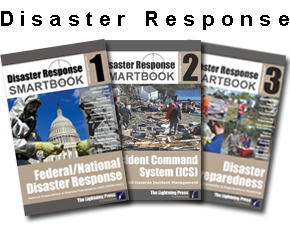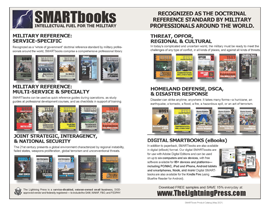Joint Doctrine Definition
Information is a resource of the informational instrument of national power at the strategic level. Information is also a critical military resource. The joint force uses information to perform many simultaneous and integrated activities. The joint force uses information to improve understanding, decision making, and communication. Commanders use information to visualize and understand the OE and direct and coordinate actions. The joint force leverages information to affect the perceptions, attitudes, decision making, and behavior of relevant actors. The joint force employment of information is of central importance because it may provide an operational advantage.
In joint doctrine, an operational environment (OE) is the aggregated conditions, circumstances, and influences that affect the employment of forces and bear on the decisions of a commander. Each commander’s OE is different from every other commander’s OE. Within the OE there exist factors that affect how humans and automated systems derive meaning from, act upon, and are impacted by information. The information environment is the aggregate of social, cultural, linguistic, psychological, technical, and physical factors that affect how humans and automated systems derive meaning from, act upon, and are impacted by information, including the individuals, organizations, and systems that collect, process, disseminate, or use information (JP 3-04).
The IE is not distinct from any OE. It is an intellectual framework to help identify, understand, and describe how those often-intangible factors may affect the employment of forces and bear on the decisions of the commander.
The joint force plans and conducts activities and operations that have inherent informational aspects that will impact the factors that make up the IE. The joint force must account for those informational aspects so that joint force activities and operations affect the OE in a way that supports the JFC’s objectives. Additionally, to ensure unity of effort among different commands, each JFC must consider and communicate how the informational aspects of their planned activities and operations may impact the factors that make up the IE to affect other OEs.
Army Doctrine Definition
NOTE: The Army’s model of an operational environment (OE) established in FM 3-0 no longer includes an information environment. The term informational considerations is similar to the joint term and definition of information environment. The information environment is the aggregate of social, cultural, linguistic, psychological, technical, and physical factors that affect how humans and automated systems derive meaning from, act upon, and are impacted by information, including the individuals, organizations, and systems that collect, process, disseminate, or use information (JP 3-04).
For Army forces, an OE includes portions of the land, maritime, air, space, and cyberspace domains understood through three dimensions (human, information, and physical). The land, maritime, air, and space domains are defined by their physical areas. The cyberspace domain, a man-made network of networks, transits and connects the other domains through the electromagnetic spectrum as represented by the dots shown in Figure 1-3.

An OE consists of the totality of factors, specific circumstances, and conditions that impact the conduct of operations. Understanding an OE enables leaders to better identify problems; anticipate potential outcomes; and understand the results of various friendly, enemy, adversary, and neutral party actions and the effects these actions have on achieving objectives.
Information Dimension
The information dimension is the content and data that individuals, groups, and information systems communicate and exchange, as well as the analytics and technical processes used to exchange information within an operational environment (FM 3-0). Data and information are available globally in near real time. The ability to access data and information—from anywhere, at any time—broadens and accelerates human interaction across multiple levels, including person to person, person to organization, person to government, and government to government. Data and information may be highly controlled as in military classified information or may be publicly available. Publicly available information is information that has been published or broadcast for public consumption. This type of information is available to the public online, on request, through subscription or purchase, or could be seen or heard by a casual observer.
See our related articles on Information Advantage, Information Activities, Information Capabilities, and Operations in the Information Environment (OIE).
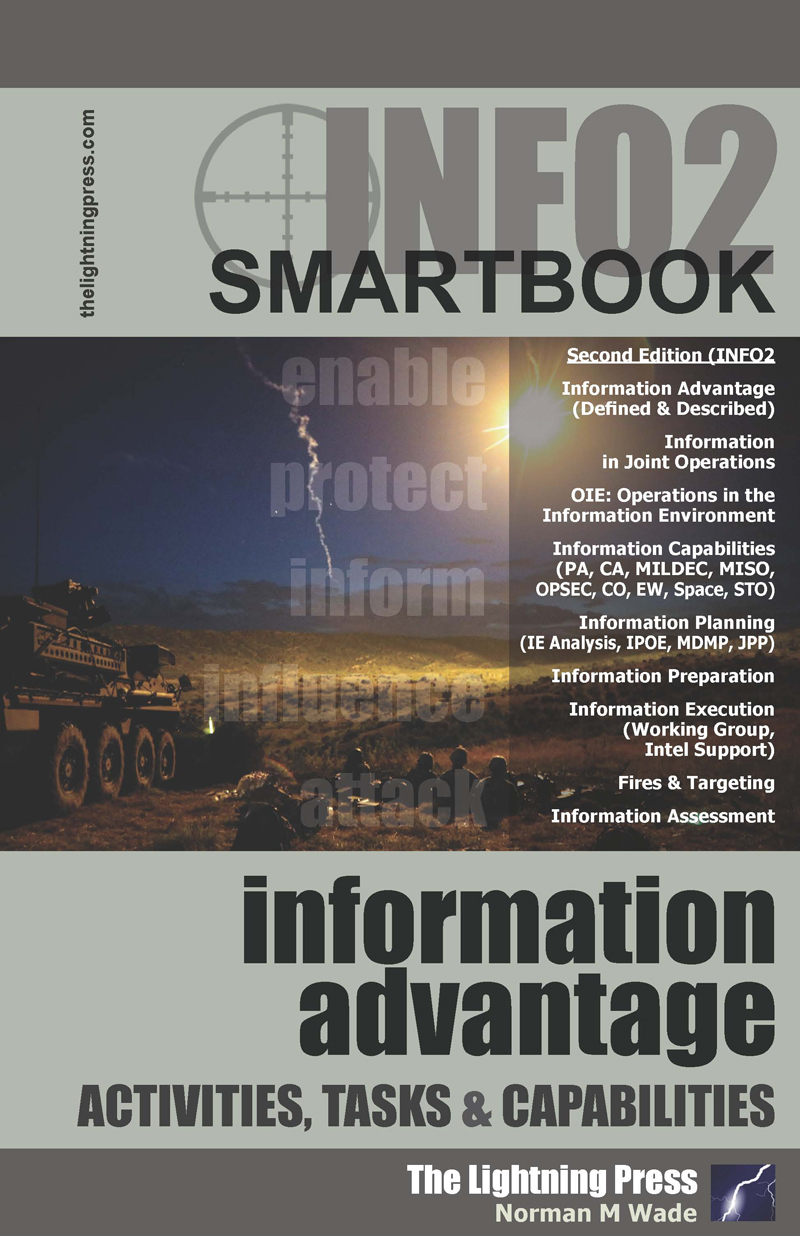 This article is an extract from "INFO2 SMARTbook: Information Advantage (Activities, Tasks & Capabilities)" by The Lightning Press. Download a free PDF sample and learn more at: INFO2 SMARTbook: Information Advantage (Activities, Tasks & Capabilities).
This article is an extract from "INFO2 SMARTbook: Information Advantage (Activities, Tasks & Capabilities)" by The Lightning Press. Download a free PDF sample and learn more at: INFO2 SMARTbook: Information Advantage (Activities, Tasks & Capabilities).
Browse additional military doctrine articles in our SMARTnews Blog & Resource Center.
About The Lightning Press SMARTbooks. Recognized as a “whole of government” doctrinal reference standard by military, national security and government professionals around the world, SMARTbooks comprise a comprehensive professional library. SMARTbooks can be used as quick reference guides during operations, as study guides at education and professional development courses, and as lesson plans and checklists in support of training. Browse our collection of Military Reference SMARTbooks to learn more.

